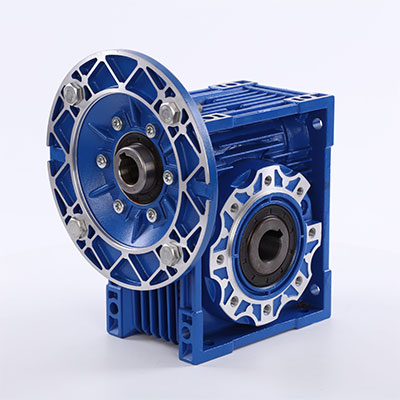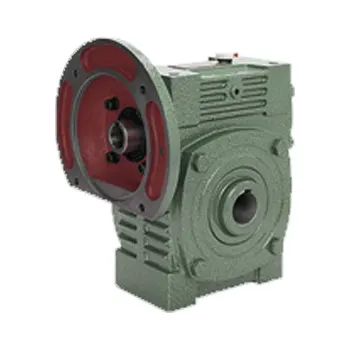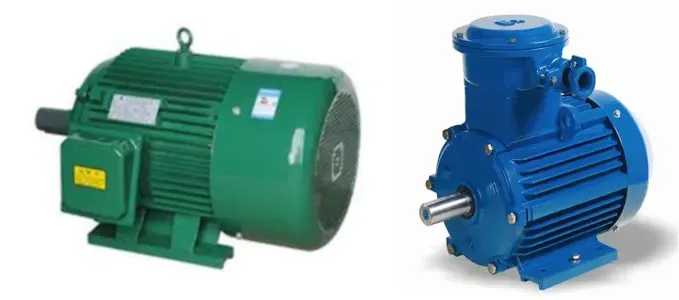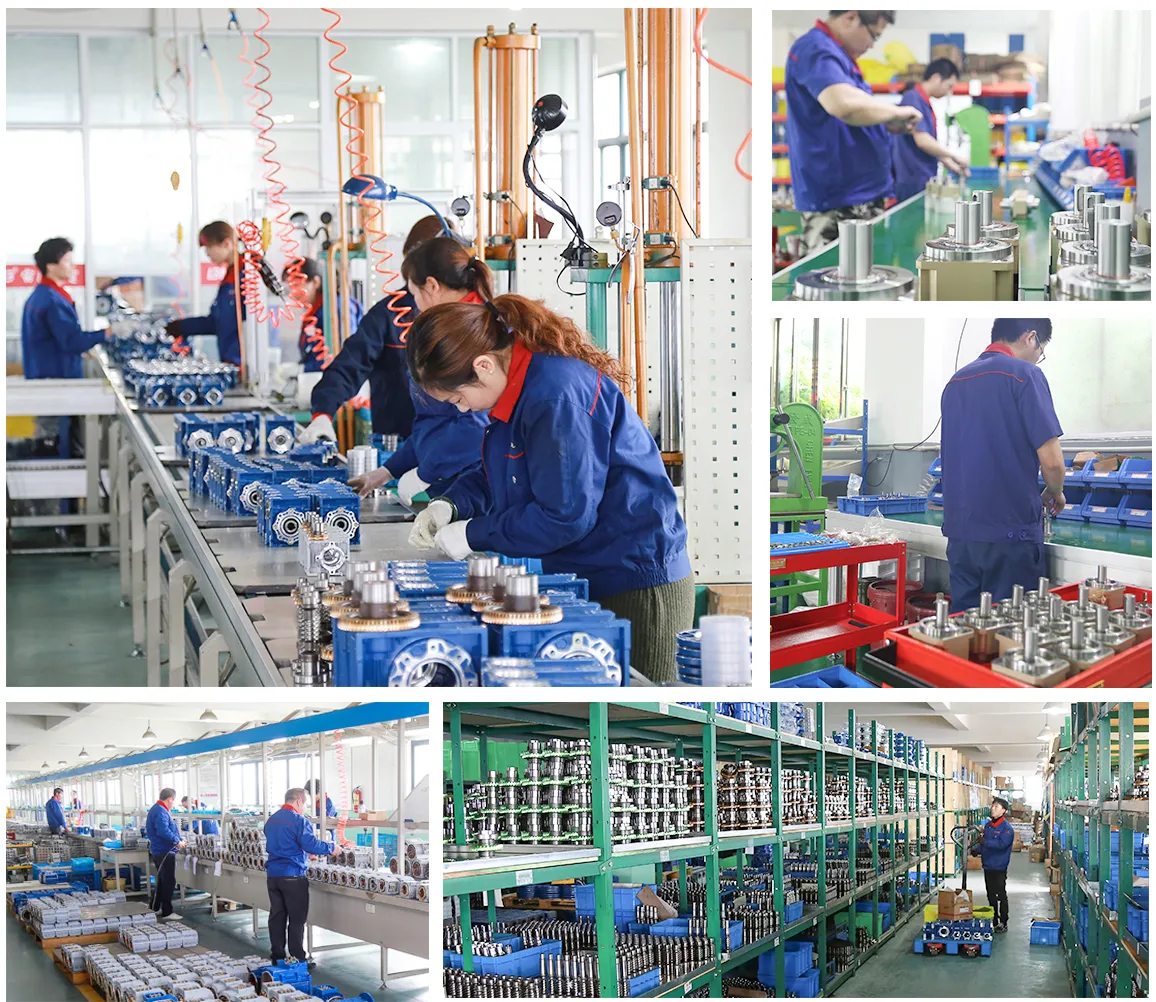Worm Gearbox for Fire Escape Slide Deployment Systems
Understanding the Basics of a Worm Gearbox
A worm gearbox, also known as a worm drive, is a specific type of gear system that is used to transfer motion between non-intersecting shafts. The system is comprised of two main components: a worm (a screw-like gear) and a worm gear (a gear that meshes with the worm). This unique design allows for a high torque output while maintaining a relatively small size, making worm gearboxes ideal for a wide range of industrial and mechanical applications.

The Importance of Worm Gearboxes in Industrial and Mechanical Applications
Worm gearboxes are critical to many industrial and mechanical systems because of their unique ability to provide high torque output with precise motion control. They are particularly beneficial in applications that require substantial power to move heavy loads, such as lifts, hoists, and conveyors. Additionally, their compact design makes them suitable for use in space-constrained environments.
Understanding How a Worm Gear Reducer Works
The operation of a worm gear reducer is based on the meshing relationship between the worm and the worm gear. When the worm, which is connected to the input shaft, rotates, it causes the worm gear to turn. This motion is then transferred to the output shaft, resulting in a reduction in speed and an increase in torque. This process of speed reduction and torque amplification is why worm gear reducers are crucial in many industrial applications.
Basic Structure and Components of a Worm Gearbox
The Worm and the Worm Gear
The worm and the worm gear are the two primary components of a worm gearbox. The worm is a screw-like gear that meshes with the worm gear to create motion. The worm gear, on the other hand, is a larger gear that is driven by the worm. The design and arrangement of these two components determine the speed reduction ratio and torque output of the gearbox.
The Input and Output Shafts
The input shaft is the component that delivers power to the worm, while the output shaft is the component that receives power from the worm gear. The input shaft is typically connected to a motor or another power source, while the output shaft is connected to the load that needs to be moved.
Why Worm Gearboxes Are Ideal for Fire Escape Slide Deployment Systems
Worm gearboxes are particularly well suited for fire escape slide deployment systems for several reasons:
- Their high torque output allows them to quickly deploy heavy escape slides, even under extreme conditions.
- Their compact design makes them ideal for use in space-constrained environments like aircraft and buildings.
- Their precise motion control ensures that the slides are deployed smoothly and reliably every time.
- Their robust construction allows them to withstand high temperatures and other harsh conditions that are often encountered during a fire.
- Their ease of maintenance makes them a cost-effective solution for long-term use.
Features and Advantages of Worm Gear Motors
Worm gear motors offer several key advantages, including:
- High torque output: Worm gear motors are capable of producing high levels of torque, making them ideal for applications that require substantial power.
- Compact design: Despite their high torque output, worm gear motors are relatively small in size, making them suitable for use in space-constrained environments.
- Reliable performance: Worm gear motors are designed to perform reliably under a wide range of conditions, ensuring consistent performance and long service life.
- Easy maintenance: Worm gear motors are relatively easy to maintain, further enhancing their cost-effectiveness.
Choosing the Right Worm Reducer for Your Application
When selecting a worm reducer for your application, there are several factors to consider:
- Power requirements: The worm reducer you choose should be capable of meeting the power requirements of your application.
- Speed reduction ratio: The speed reduction ratio of the worm reducer should match the needs of your application.
- Torque output: The worm reducer should be able to deliver the required torque output for your application.
- Size constraints: The worm reducer should fit within the available space in your application.
- Environmental conditions: The worm reducer should be able to withstand the environmental conditions of your application.

Motors for Worm Gear Reducers
The relationship between a worm gear reducer and its motor is a symbiotic one. The motor provides the input power that drives the worm, while the worm gear reducer amplifies the motor's torque and reduces its speed to meet the needs of the application. In addition to our top-quality worm gearboxes, we also offer a range of electric motors designed to perfectly complement our reducers.

Discover the Quality and Performance of Our Worm Gearboxes
We are a comprehensive transmission equipment manufacturer with over 15 years of experience in designing, producing, and selling gearboxes. Our worm gearboxes, including the MRV series worm gear reducer, GV series gear reducer, RT series solar reducer, XV series planetary reducer, BD series harmonic reducer, and various types of non-standard reducers, are trusted and used by customers in Europe, America, Africa, Asia, and beyond. We pride ourselves on offering top-quality products, excellent service, and competitive prices. We encourage you to explore our range of worm gearboxes and contact us for your purchasing needs.

Q&A
Q: What is the lifespan of a worm gearbox?
A: The lifespan of a worm gearbox can vary depending on several factors, including the operating conditions, maintenance practices, and the quality of the gearbox itself. However, with proper care and maintenance, a high-quality worm gearbox can last for many years.
Q: Can a worm gearbox be used in reverse?
A: In general, worm gearboxes are not designed to be used in reverse. This is because the worm can easily turn the gear, but the gear cannot turn the worm due to the angle of the worm's threads.
Q: What type of maintenance does a worm gearbox require?
A: Regular maintenance for a worm gearbox typically includes checking and replacing the lubrication as needed, inspecting the gearbox for wear and damage, and keeping the gearbox clean to prevent the buildup of dirt and debris.
Edited by Zqq.